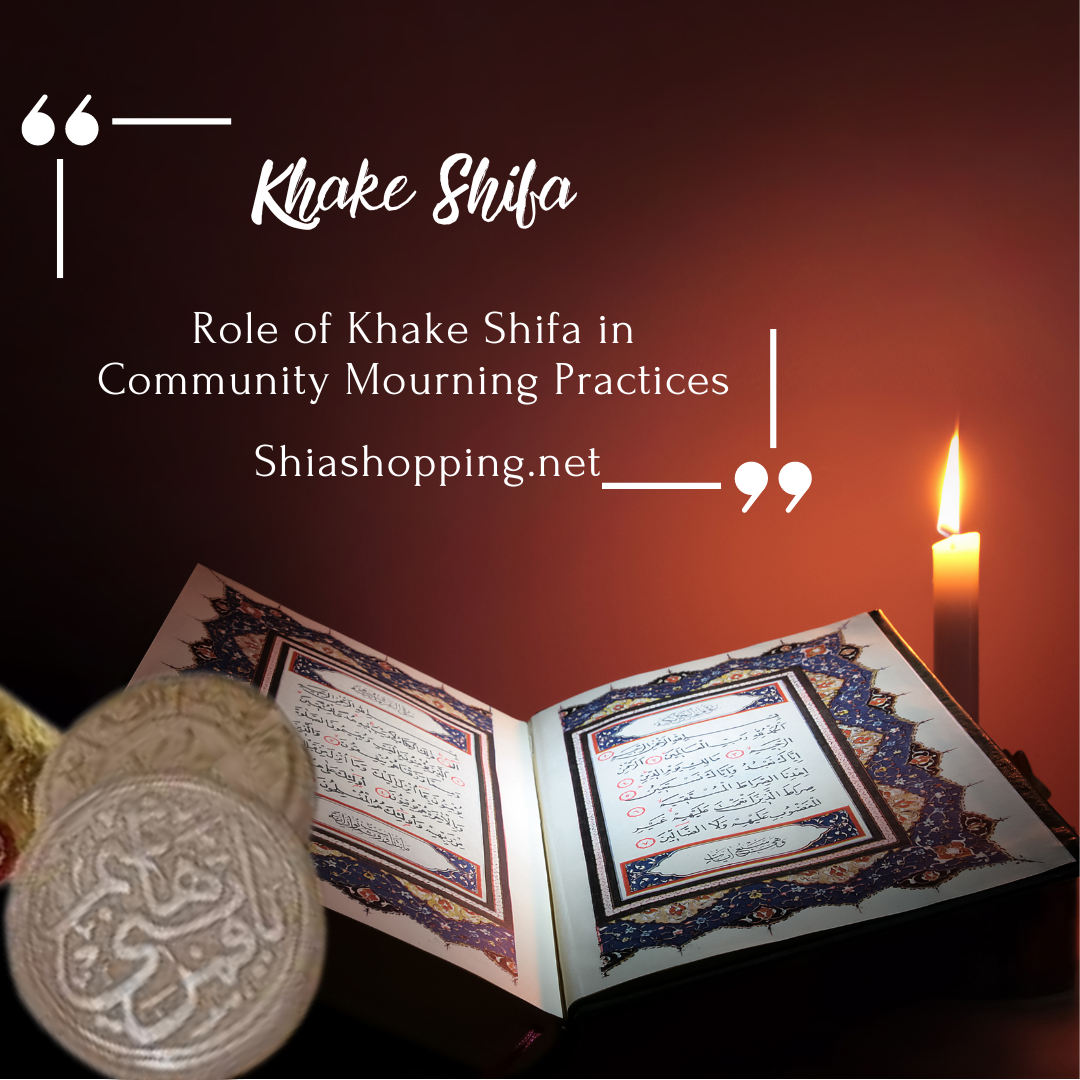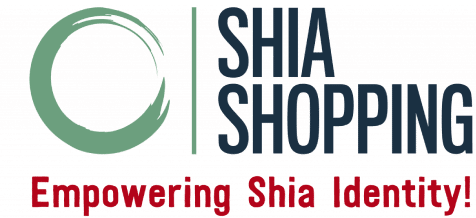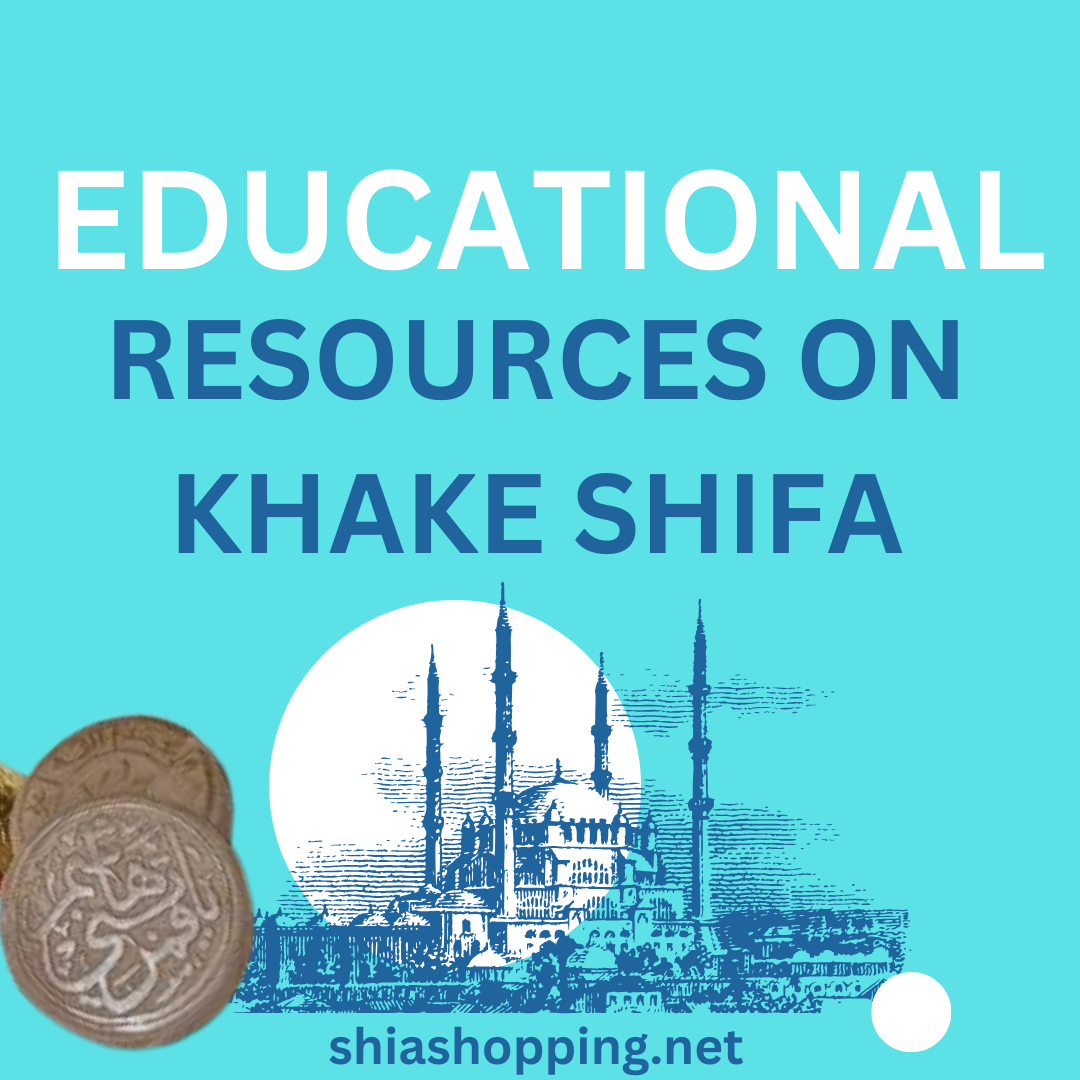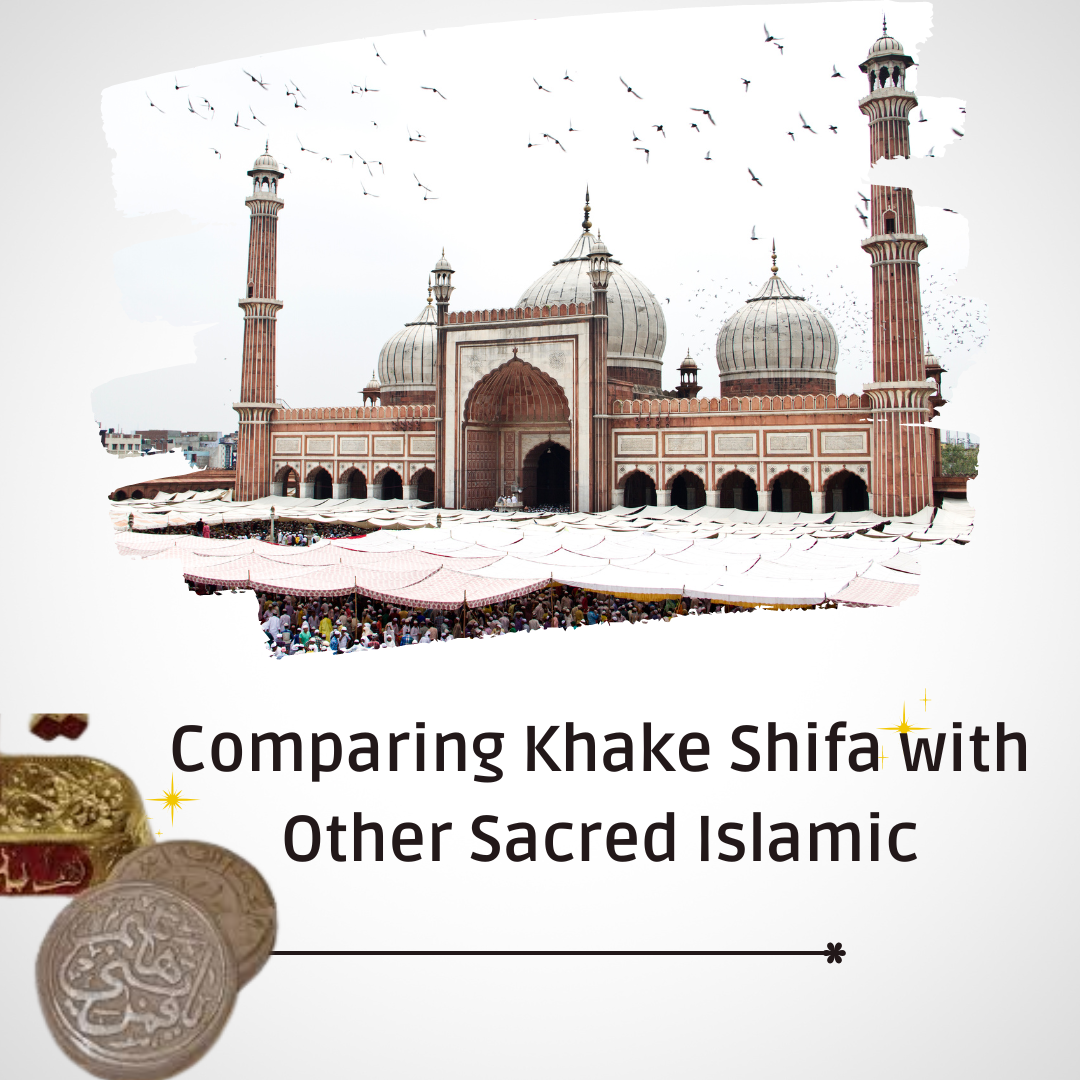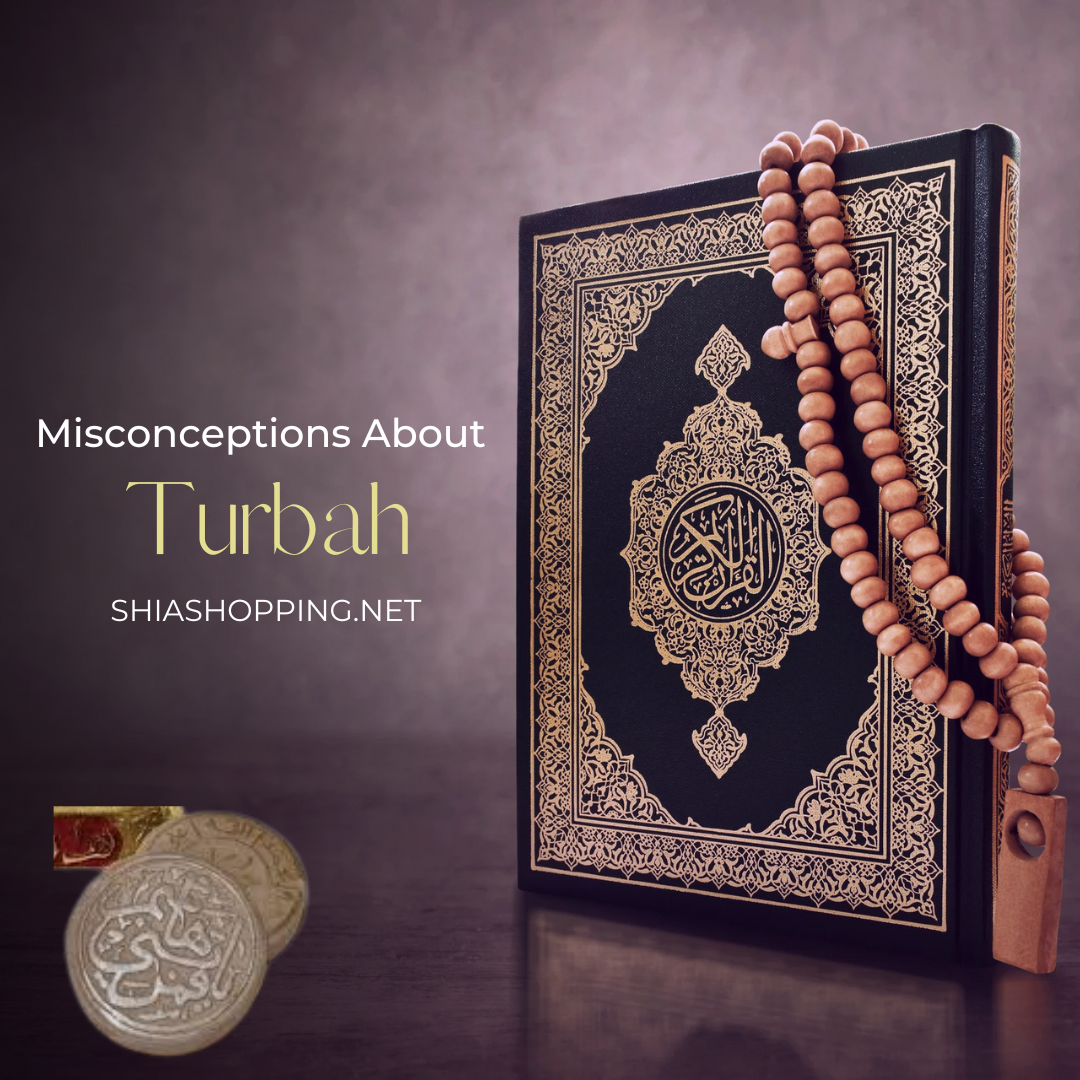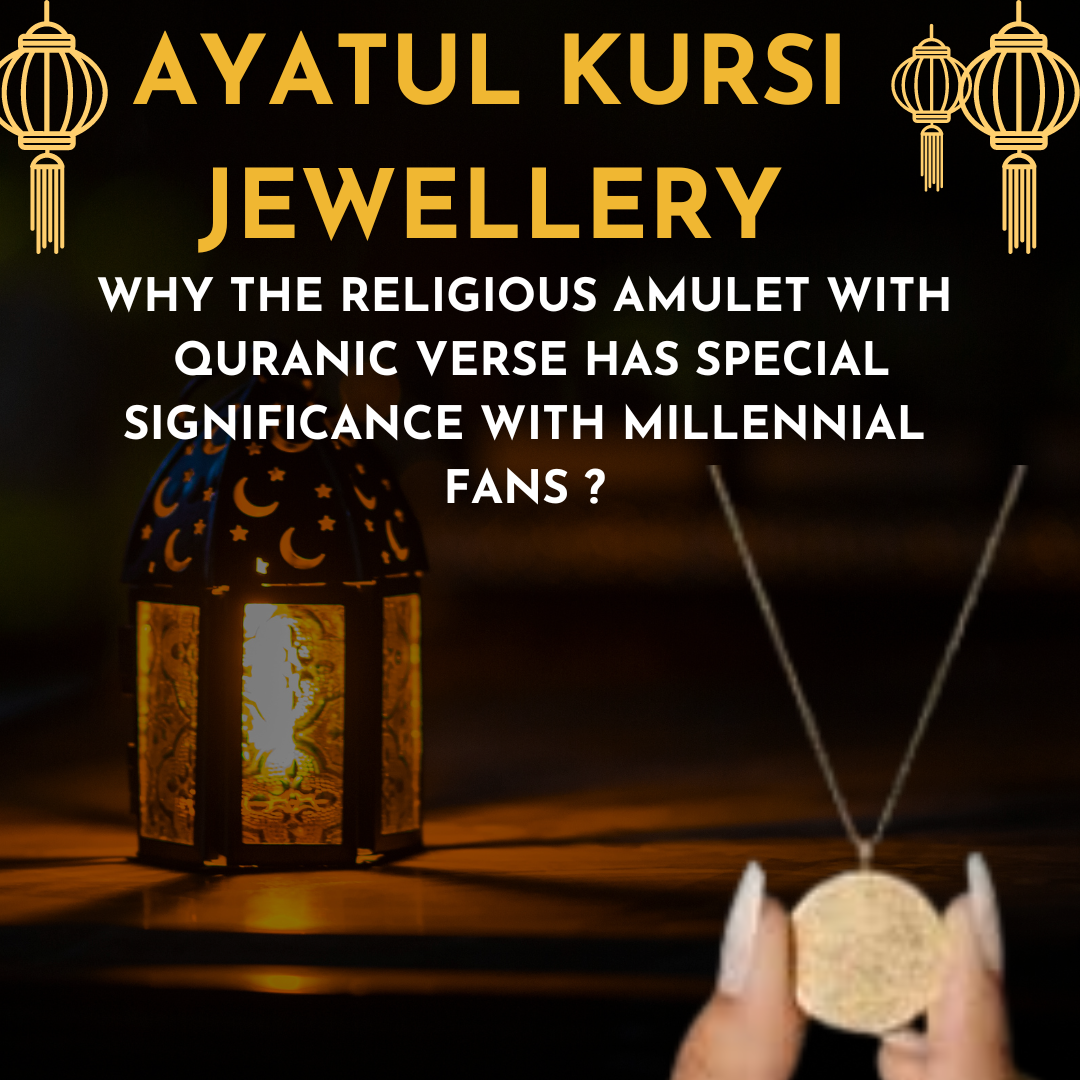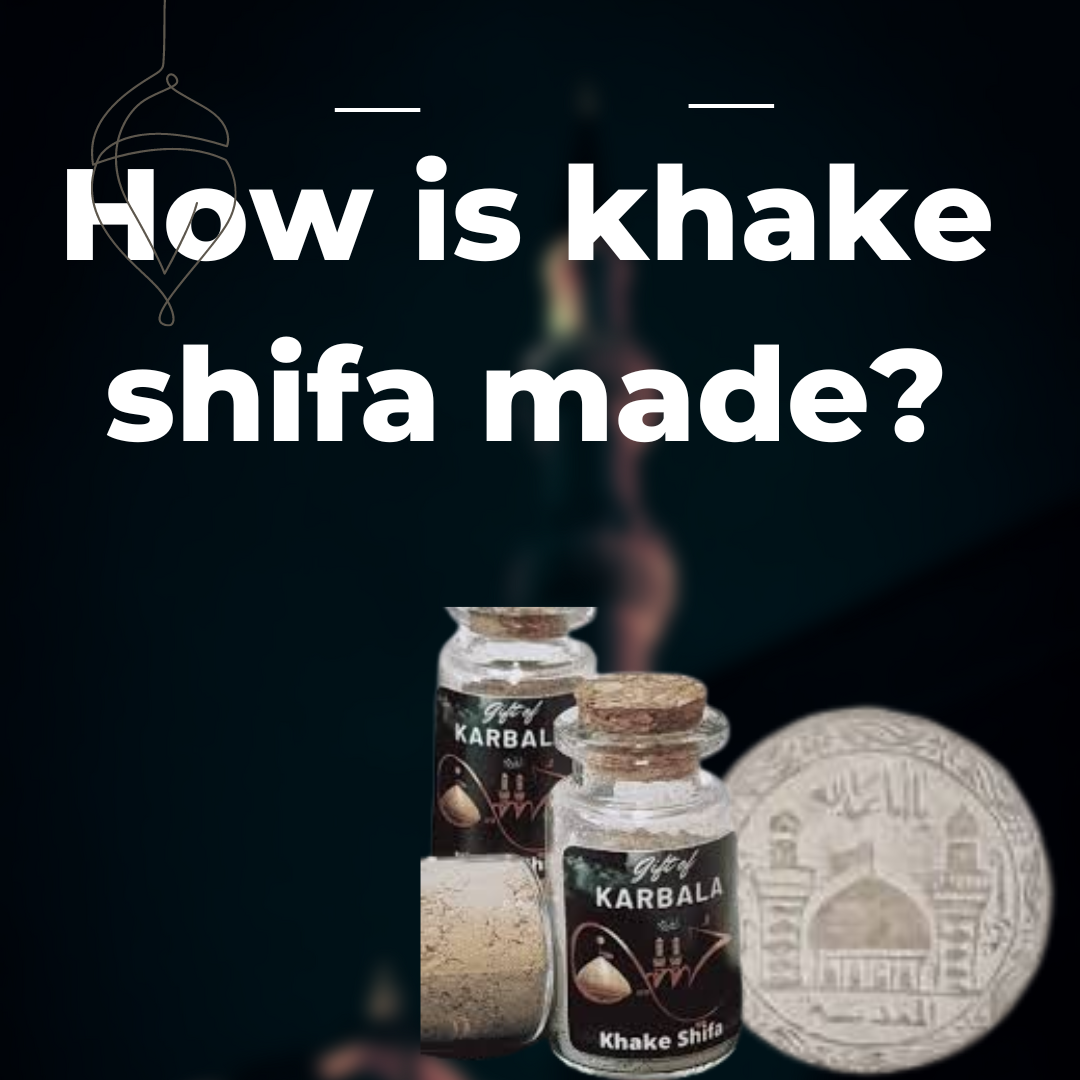Khake Shifa, a sacred clay from Karbala, holds profound significance in Shia Muslim rituals, especially during mourning practices. Its role is deeply intertwined with the remembrance of the martyrdom of Imam Hussain, the grandson of Prophet Muhammad, and his companions during the Battle of Karbala. This clay is not just a physical substance but a […]
